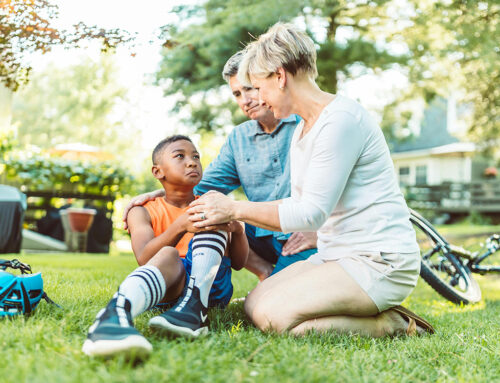What is it? “The ability to visually discriminate, recognize, and identify labels for various aspects of the body’s physical and motor dimensions” (Case-Smith & O’Brien, 2015, p. 199). This includes internal and external aspects: internal aspects include self-awareness, right-left discrimination, body-part identification, laterality, and sensory dominance; external aspects include directionality and spatial orientation of body to objects.
Why is it important? Body awareness allows children to navigate safely through their environment. Body awareness is necessary for occupations across the lifespan such as:
- Activities of daily life (feeding, dressing, bathing, toileting, functional mobility, grooming)
- Driving (right-left discrimination)
- Health management (working out)
- Meal preparation
- Academic performance (writing, cutting, interacting with peers)
- Play and leisure activities
5 activities to try at home:
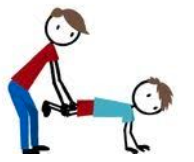
1. Heavy work activities provide muscles and joints with information of where the body is in space and how to move it. Tip: Try wheelbarrow walking, carrying heavy objects, jumping, etc.
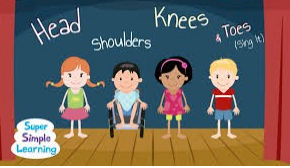
2. Playing Simon Says or Head-Shoulders-Knees-and Toes. Tip: Both games are great ways to have children identify parts of their body!
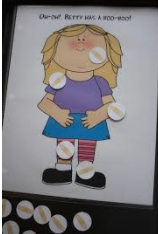
3. Playing boo-boo game. Where does the Band-Aid go? Tip: Either use a printout of a person with paper Band-Aids or use real Band-Aids and have the child apply to their own body. Say “Uh oh! There is a boo-boo on the knee, it needs a Band-Aid!”

4. Mimicking body position cards. Tip: Have the child mimic/mirror body position cards. You can also demonstrate your own positions for the child to copy.

5. Navigating an obstacle course. Tip: Obstacles will help your child work on paying attention to where their body is in space and how to move it safely through obstacles in the environment.
References American Occupational Therapy Association. (2014). Occupational therapy practice framework: Domain and process (3rd ed.). American Journal of Occupational Therapy, 68(Suppl. 1), S1-S48. Case-Smith, J., & O’Brien, J. (2015). Occupational therapy for children and adolescents (7th ed.). St. Louis, MO: Elsevier Mosby, Inc.
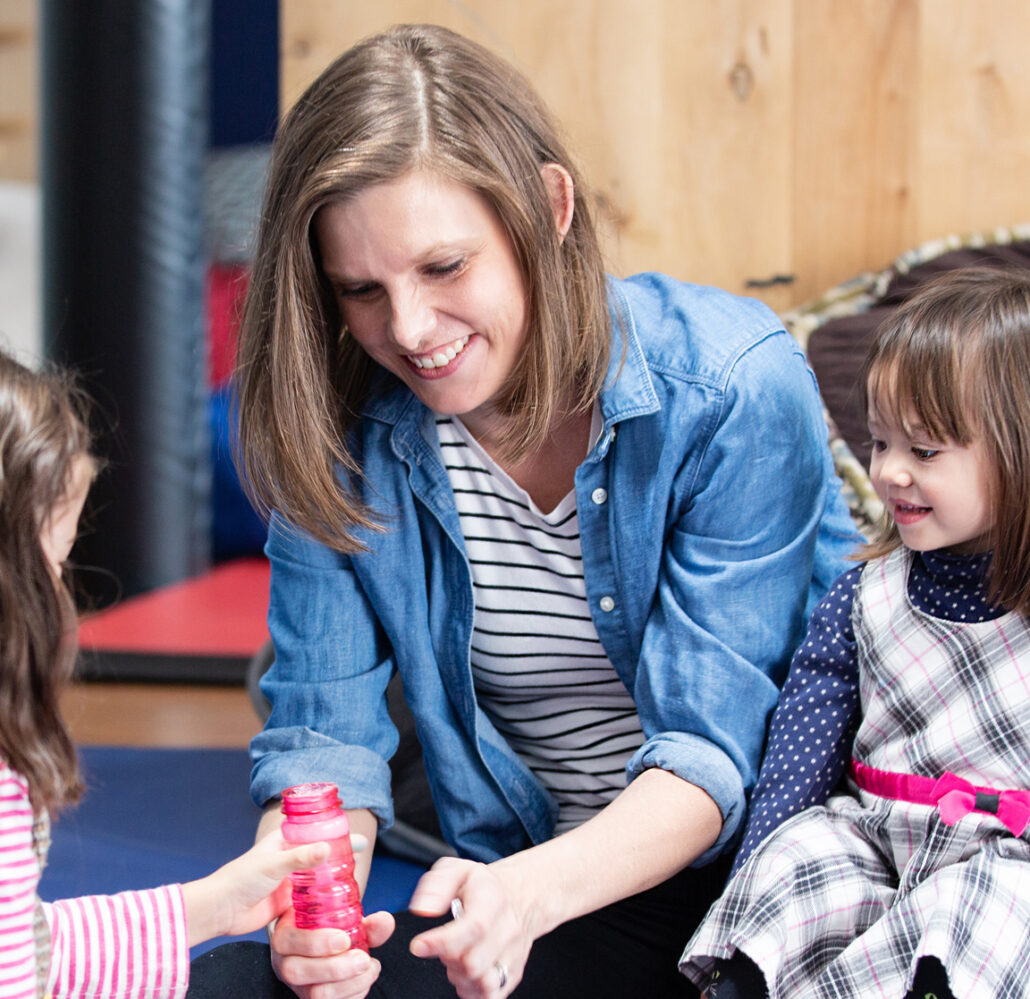
Learn More About My Programs
Blue Bird Day is a rotational therapy program structured like a preschool or kindergarten, but instead of teachers all our staff are therapists! This program is designed to foster socialization, sensory regulation, and learning for children ages 2-7 and helps provide children the tools they need to succeed in a traditional classroom.
Eyas Landing is an outpatient therapy clinic that provides services for children ages 0-21. Our multidisciplinary team of therapists provide ABA, developmental, occupational, physical, speech, nutrition and feeding therapy along with early intervention, social work, counseling, and neuropsychological testing at our West Loop clinic, in-home, at school, and virtually.
Merlin Day Academy is a therapeutic day school for children ages 6-14. Our proprietary model utilizes daily therapeutic and educational rotations to support children’s growth, learning, and their transition into the least restrictive environment possible.



